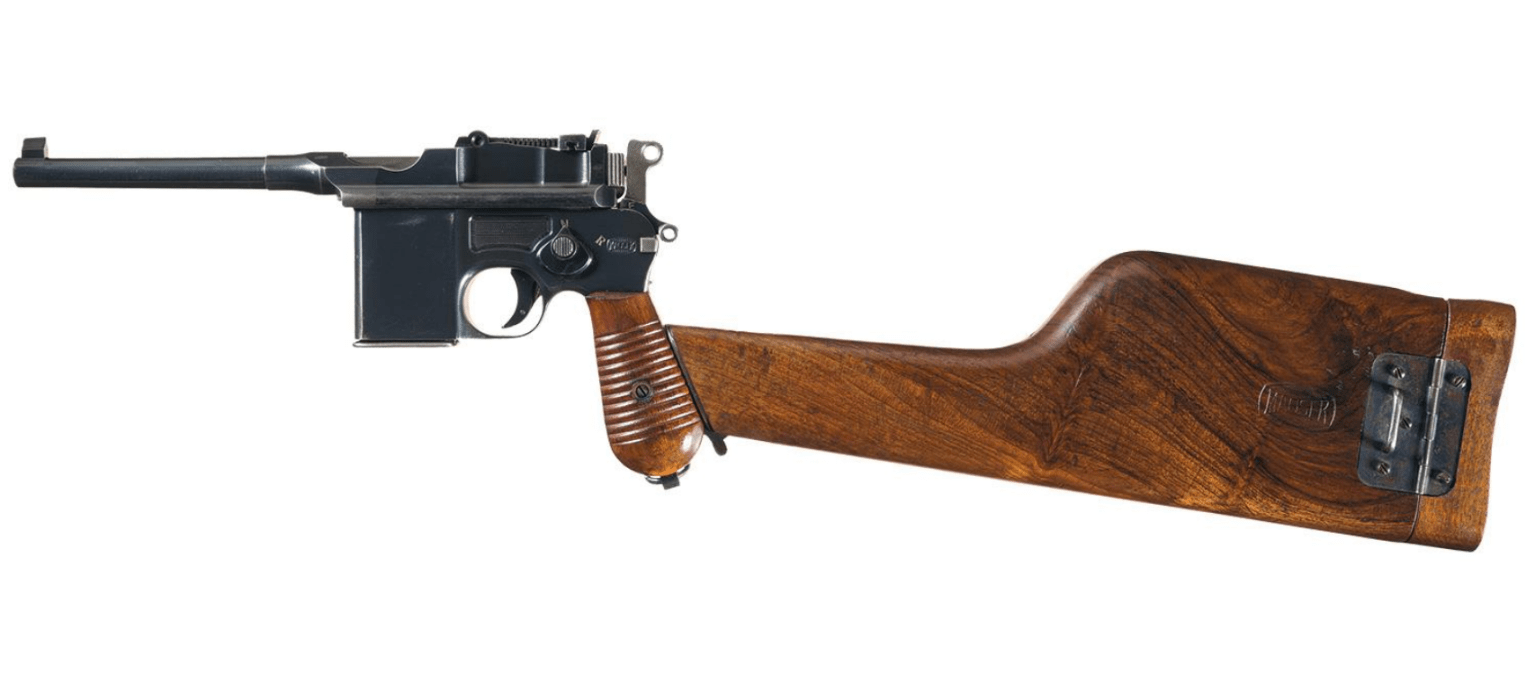In a few days, the United Sates’ Bureau of Alcohol Tobacco and Firearms (ATF) ruling 2021R-08F, will go into effect on June 1, 2023. At this time, pistol braces will no longer allow a rifle with a barrel less than 16 inches to be classified as a “pistol”; and these will be classified as Short Barrel Rifles (SBRs) and subject to strict government restrictions and require registration and licensing. They will be classified as NFA regulated items (National Firearms Act). This leads to the question – why do we have the NFA? Why is 16 inches the magical number that a rifle becomes a pistol? for that we have Ian McCollum to thank @ Forgotten Weapons. see video.
For a quick and dirty summary :
- The 1934 National Firearms Act (NFA) originally intended to restrict handgun ownership, and the clauses relating to short-barreled rifles (SBRs) and short-barreled shotguns (SBSs) were included to close a loophole that would allow a person to cut down a rifle or shotgun to circumvent a handgun prohibition.
- The handgun prohibition was removed before the legislation was passed, but the SBR/SBS parts were left in.
- In 1968, the minimum legal barrel length for rifles was dropped from 18 inches to 16 inches because the government had already sold a quarter million M1 Carbines – with illegally-short barrels – to private citizens, thus rendering them all felons.
- The video argues that with the issue once again coming to a head over pistol braces, it is time to finally solve the problem and end this nonsense. The presenter suggests that SBRs, SBSs, and Any Other Weapons (AOWs) should be removed from the NFA entirely.
- The penalty for creating a short-barreled rifle by attaching a pistol brace to a gun without paying the $200 tax and registering the firearm is a $250,000 fine and a 10-year sentence in federal prison.
- Source: YouTube Video
From the ATF’s website:
- The NFA was originally enacted in 1934. It imposed a tax on the making and transfer of firearms defined by the Act, as well as a special (occupational) tax on persons and entities engaged in the business of importing, manufacturing, and dealing in NFA firearms.
- The law required the registration of all NFA firearms with the Secretary of the Treasury. Firearms subject to the 1934 Act included shotguns and rifles having barrels less than 18 inches in length, certain firearms described as “any other weapons,” machine guns, and firearm mufflers and silencers.
- The NFA had an underlying purpose to curtail, if not prohibit, transactions in NFA firearms. The $200 making and transfer taxes on most NFA firearms were considered quite severe and adequate to carry out Congress’ purpose to discourage or eliminate transactions in these firearms. The $200 tax has not changed since 1934.
- As structured in 1934, the NFA imposed a duty on persons transferring NFA firearms, as well as mere possessors of unregistered firearms, to register them with the Secretary of the Treasury.
- Source: ATF’s website
